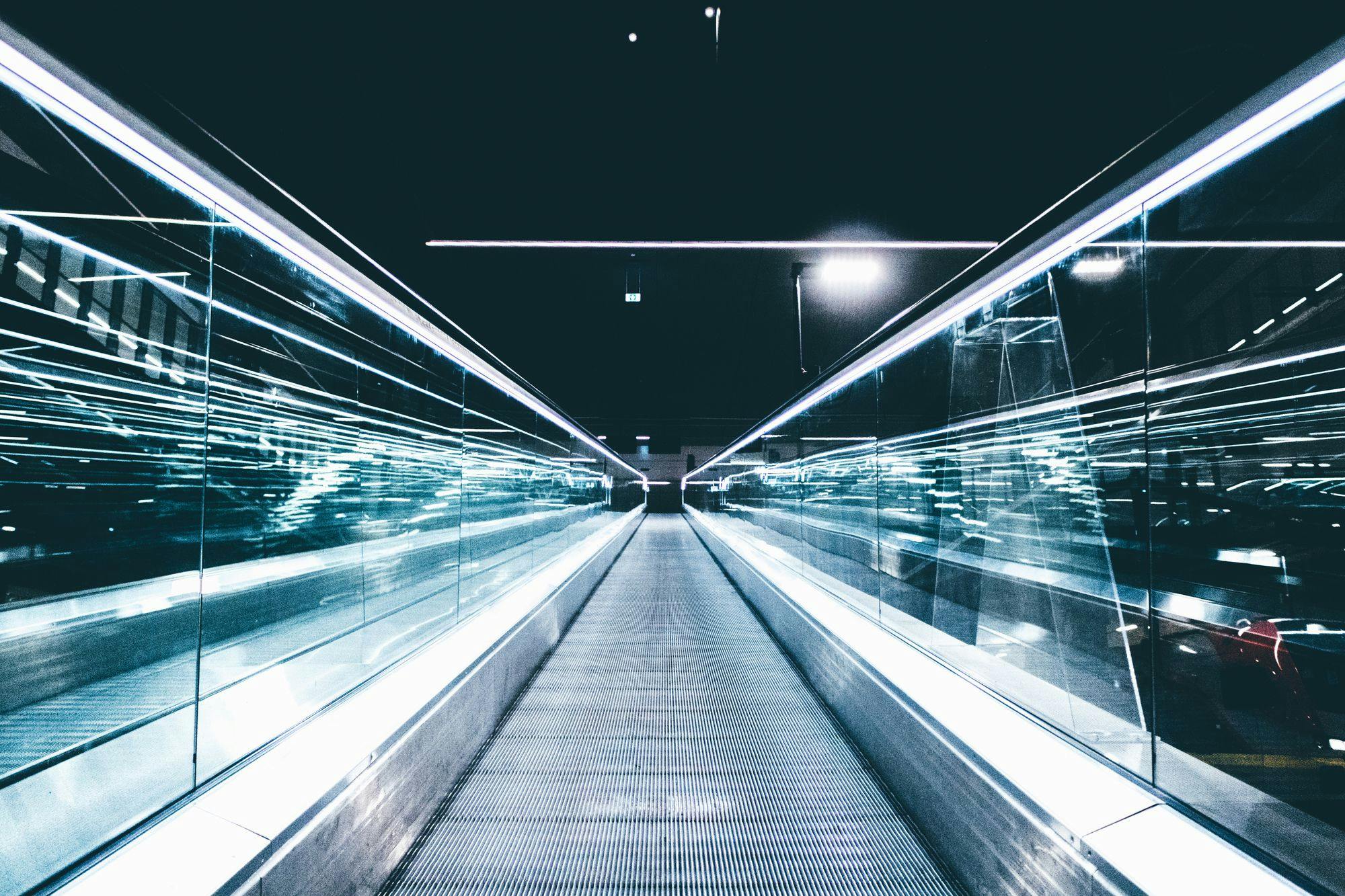Introduction:
In the era of digital transformation, the Internet of Things (IoT) stands out as a revolutionary force, weaving a complex web of interconnected devices that communicate, share data, and collaborate to enhance our daily lives. This interconnected ecosystem, often referred to as the "Internet of Things," is reshaping industries, homes, and cities, ushering in an era of unprecedented connectivity and efficiency.
Defining the Internet of Things:
At its core, IoT refers to the network of physical devices embedded with sensors, software, and connectivity, allowing them to collect and exchange data. These devices can range from everyday objects like household appliances and wearable devices to industrial machines and smart city infrastructure. The key premise of IoT is to enable these devices to communicate with each other, facilitating real-time data exchange and, consequently, intelligent decision-making.
Key Components of IoT:
- Sensors and Actuators:
- The backbone of IoT lies in the deployment of sensors that gather information from the environment. These sensors can measure temperature, humidity, motion, and various other parameters. Actuators, on the other hand, enable devices to perform physical actions based on the data received.
- Connectivity:
- IoT devices rely on various communication protocols such as Wi-Fi, Bluetooth, Zigbee, and cellular networks to transmit and receive data. The choice of connectivity depends on the specific requirements of the application, balancing factors like range, power consumption, and data transfer speed.
- Data Processing and Analytics:
- The massive volume of data generated by IoT devices requires robust processing capabilities. Cloud computing and edge computing play pivotal roles in managing and analyzing this data, extracting valuable insights and enabling informed decision-making.
Applications of IoT:
- Smart Homes:
- IoT has transformed homes into smart, interconnected environments. Smart thermostats, lighting systems, security cameras, and appliances can be controlled remotely, optimizing energy consumption and enhancing security.
- Industrial IoT (IIoT):
- In the industrial sector, IoT is driving the fourth industrial revolution, also known as Industry 4.0. IIoT enables predictive maintenance, real-time monitoring of equipment, and improved overall efficiency in manufacturing processes.
- Healthcare:
- In healthcare, IoT facilitates remote patient monitoring, wearable health devices, and smart medical equipment. These technologies improve patient outcomes, enable personalized treatment plans, and enhance the overall efficiency of healthcare delivery.
- Smart Cities:
- Cities are becoming smarter with IoT-driven solutions for traffic management, waste management, energy optimization, and public safety. Smart city initiatives leverage data from various sensors to create more sustainable and efficient urban environments.
- Agriculture:
- IoT is revolutionizing agriculture with precision farming techniques. Smart sensors monitor soil conditions, crop health, and weather patterns, enabling farmers to make data-driven decisions for optimal crop yield.
Challenges and Considerations:
While the potential of IoT is immense, it comes with challenges such as data security, privacy concerns, and interoperability issues. Ensuring robust cybersecurity measures and standardized protocols is essential to foster widespread adoption and safeguard sensitive information.
Future Outlook:
As technology continues to evolve, the Internet of Things is poised to expand its reach and influence. The integration of 5G networks, artificial intelligence, and advancements in edge computing will further enhance the capabilities of IoT, opening up new possibilities for innovation across various sectors. The journey towards a more connected and intelligent world has only just begun, and the Internet of Things is at the forefront of this transformative wave.
